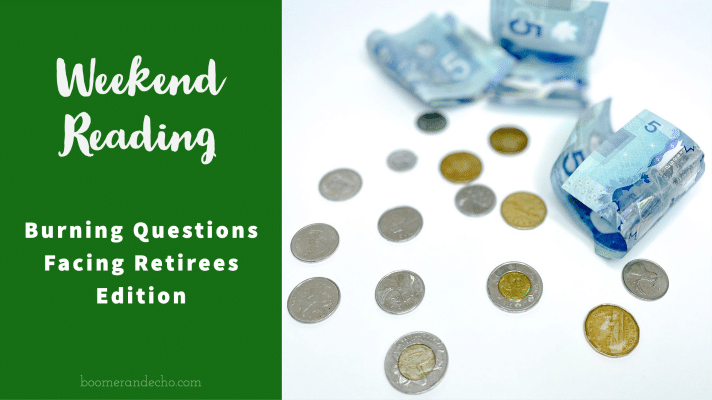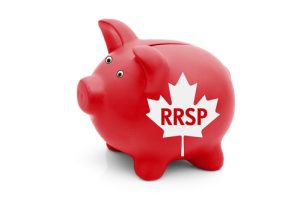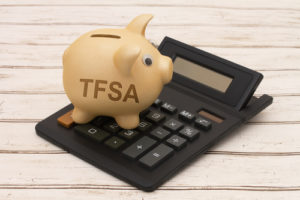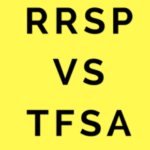My latest MoneySense Retired Money column describes the first New Year’s Resolution most of us can accomplish on or soon after January 1, 2022.
And unlike resolving to go to the gym or to buy (and use) that new Peloton, this is one you can tick off your to-do list within minutes of changing the calendar to 2022.
I refer of course to making your annual TFSA contribution — $6,000 this year — and you can read all about it by clicking on the highlighted text here to go to the full MoneySense column: Why contributing to a TFSA is a Good Resolution.
Every year since the program commenced in 2009, as close to January 1st as possible, each member of our family faithfully adds the maximum contribution amount (initially $5,000, briefly $10,000 and currently $6,000) to our TFSAs. And because we view them not as tax-free savings accounts but as tax-free Investment accounts, they have all grown substantially: to the point my family members do not wish the exact balances to be divulged to this broad readership. Arguably, TFSA is a misnomer: they should have been called TSIAs.
The column describes Robb Engen’s blog, titled “A sensible RRSP vs TFSA comparison” which reprises David Chilton, who said it all depends on:
- If you go the RRSP route, don’t spend your refund.
- If you go the TFSA route, don’t spend your TFSA.
- Whatever route you go, save more!
How about the Cash Flows & Portfolios blog entitled Can you retire using just your TFSA? It begins with this glowing commendation for the TFSA: “The opportunity for Canadians to save and invest tax-free over decades could be considered one of the greatest wonders of our modern financial world.”
The blog’s authors (known only as Mark and Joe) conclude that if you start early enough (like our daughter) you could indeed retire using just a TFSA.
To recap the rules: the cumulative contribution amount as of Jan. 1, 2022 is now $81,500. If you believe in the time value of money, it follows that you should contribute the full $6,000 the moment the new year begins, which is why I always call it “New Year’s Resolution Number 1.” Unlike joining fitness clubs, you can tick this one off your To-do list moments after you sing Auld Lang Syne (assuming you use an online discount brokerage).
Because of the long time horizon, young people could well put only equities into their TFSA, and if they do so from the get-go they will far outstrip the performance of the sadly all-too-common default option of parking TFSA funds in GICs that pay almost nothing relative to inflation.
Not only does an 18-year old have a good 47 years until the traditional retirement age of 65, keep in mind that unlike RRSPs, you can keep contributing to TFSAs well into your 90s or 100s, if you live that long. I knew a lady who was contributing to hers past age 100! Those near retirement could ratchet it down to a conservative Asset Allocation ETF like VBAL, ZBAL or XBAL, all of which cover the world of stocks and bonds in C$ in a traditional 60/40 asset mix of stocks to bonds.
I do try to avoid putting US-based dividend paying stocks or ETFs in the TFSA: put those in your RRSP or RRIF. Canadian dividends and interest belong in a TFSA, as do speculative US or foreign stocks that don’t pay dividends.
Speaking of RRSPs, what about the perennial question of which to fund first: TFSA or RRSP? My short answer is to do both but if you really have to choose, I’d pick the TFSA in most situations. Certainly, young people in a low tax bracket and older folk who are in danger of seeing OAS or GIS benefits clawed back should prioritize the TFSA.
Those in top tax brackets by virtue of high employment income should maximize their RRSPs but if you’re in the top tax bracket then you can probably also afford to maximize your TFSA. If despite such a high income you are encumbered by a lot of mortgage debt and/or credit card debt, I’d even suggest liquidating some of your TFSA to eliminate some of that debt: you can always regain your lost TFSA contribution room in future years and once you are debt-free there should be few obstacles to maximizing retirement savings in all such tax-optimized vehicles.








